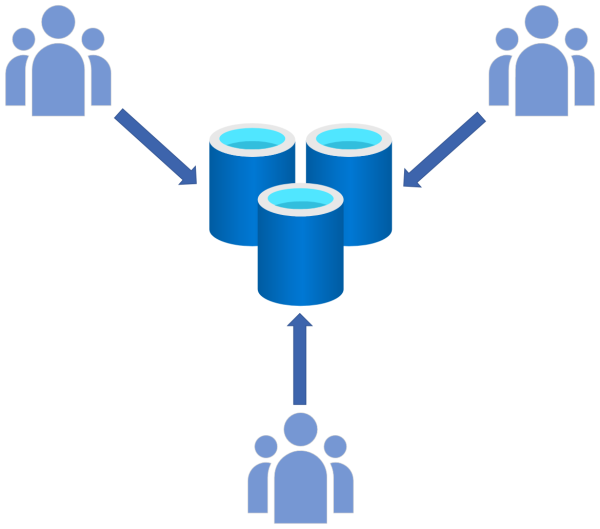Scaffold Your Clean DDD Web Application - Part 3: Persistence, Tenancy, and the Data Model

In this blog entry we will evolve our solution and the data model behind it, so that we can begin to see how user requests and interactions operate against a multitenant system. We’ll start by refactoring the persistence interfaces and implementations to make the solution more scalable in a split-stack CQRS architecture. Alongside this change, I’ll show you how you can use both Dapper and Entity Framework Core inside a single transaction/unit of work. Then we’ll add some new EF Core entities corresponding to the tenants and customers of our SaaS product. Finally, we’ll perform some cleanup across the data model classes so that the Persistence layer is more robust.
[...Read More]
